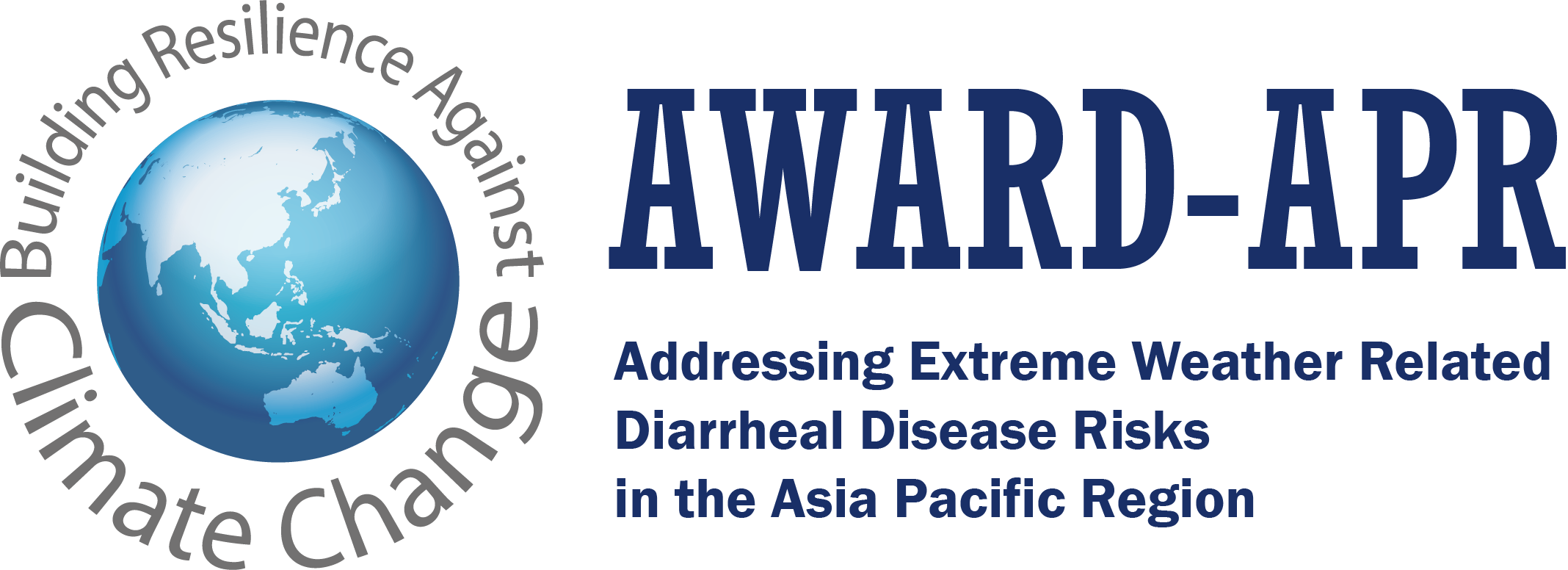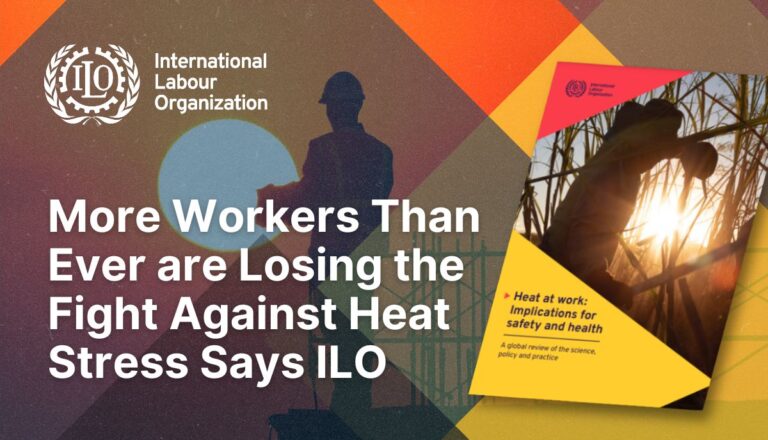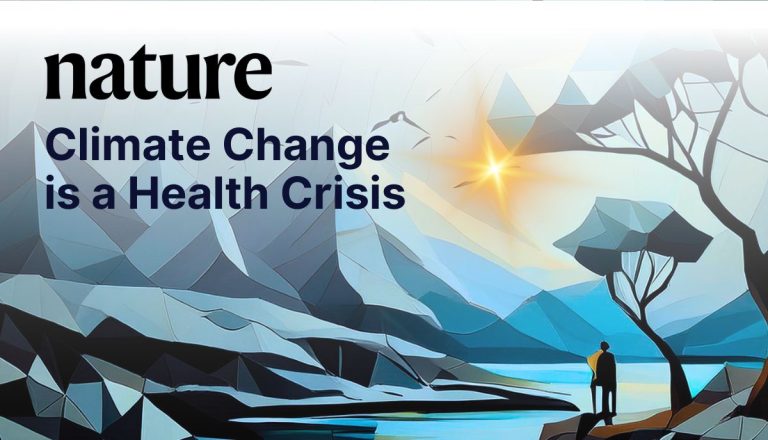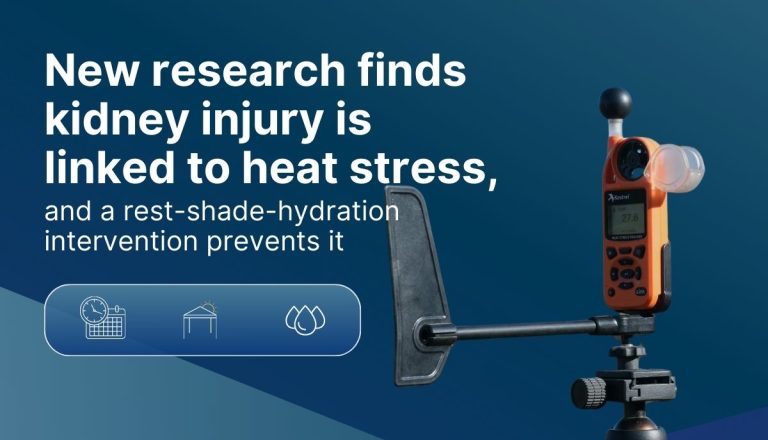A new film, “The Flow of Change,” demonstrates the connection between climate change and the incidence of diarrheal disease in Nepal, including the solution at hand.
Increasing rainfall in combination with warmer temperatures enhances bacterial growth, putting entire communities at risk of drinking contaminated water. However, the solution already exists: community-led and science-backed interventions that predict and prevent disease burden.
The film showcases the effort of the multinational research consortium, Addressing Extreme Weather Related Diarrheal Disease Risks in the Asia-Pacific Region (AWARD-APR). It was produced by the EU-funded ENBEL Project, La Isla Network and Talking Eyes Media; directed by Tom Laffay; filmed by Laffay and Ed Kashi; and edited by Yorgos Paterakis.

In Nepal, for every one degree centigrade increase in temperature, the incidence of diarrheal disease increases by 4.4 percent. That figure varies by region, notes Dr. Megnath Dhimal, of the Nepal Health Research Council. In the mountainous regions, for example, the incidence can increase by as much as nine percent.
Thus, the burden of diarrheal disease does not fall evenly throughout the country. Geography is just one factor affecting it, though. Other factors include access to healthcare and community management of water resources.
These facts highlight the need for community-based interventions that specifically respond to a community’s specific needs. The solution is a multilateral intervention program — composed of community members, doctors, researchers, among others — that predicts and prevents diarrheal disease ahead of time.

The early warning system for diarrheal disease management is one of the many projects AWARD-APR has undertaken, and it takes center stage in this film. Amir Sapkota, Principal Investigator of AWARD-APR and professor and chair of the Department of Epidemiology and Biostatistics at the University of Maryland School of Public Health, notes the importance of the early warning system.
“Climate change is already making people sick, and in some cases, killing people. Even if we are very successful with our mitigation efforts, the increases in extreme weather events we are experiencing will continue for the foreseeable future,” he said.
“That’s why we need proactive measures like our early warning system for diarrheal disease to help communities adapt to public health threats of climate change. By alerting communities of the risk in advance, we can save lives.”
In fact, climate change is here. Its effects are already being felt. The Intergovernmental Panel on Climate Change expressed medium confidence in 2015 that climate change is contributing to increased precipitation. Furthermore, the IPCC determined that heavy precipitation events will increase through the 21st century.
Kristin Aunan, research director at CICERO Center for International Climate Research and coordinator of the ENBEL project, reflects on these developments.
“With increasing global warming, we will see more intense and frequent extreme weather events,” she said.
“To protect the health of vulnerable people in the face of such events, there is a need for adaptation efforts. The early warning system for diarrheal disease developed in the AWARD-APR project is a good example of such adaptation measures.”
To watch the film, click here. Please direct all questions and comments to in**@la***********.org.
Funding for the film was provided by NSF award ICER2025470.







